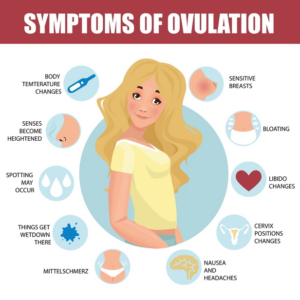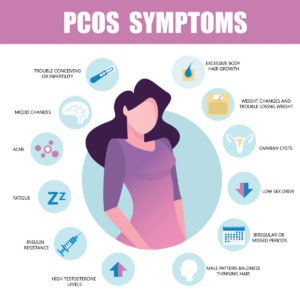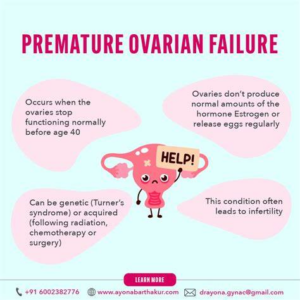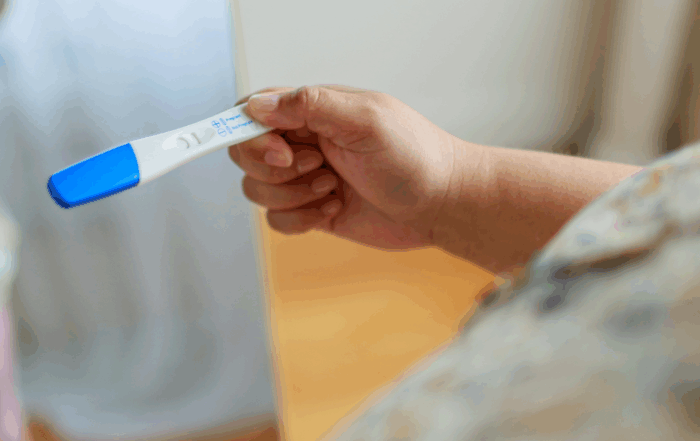Ovulation and its effect on fertility are central to understanding the process of conception. This critical phase of the menstrual cycle involves the release of a mature egg, creating the opportunity for fertilization. By exploring the intricacies of ovulation and the factors that influence its timing and quality, we can better understand its profound impact on fertility and overall reproductive health.
What is Ovulation?

Once a month, an egg is released from an ovary, also known as ovulation. This process usually takes place on day 14 of a 28-day menstrual cycle. When a woman is ovulating, her body experiences a surge in hormones and her cervical mucus turns thin and slippery. All of this happens harmoniously to support fertilization! However, there are several reasons women may struggle with fertility due to ovulatory problems. These problems will be discussed in more detail soon.
Ovulation can feel different to every woman, and some are symptomless. The ovulatory symptoms below are considered to be normal, and aid women in recognizing what phase of their menstrual cycle they are in. Those that do notice symptoms report:
- Breast tenderness
- Bloating
- Minor pelvic pain
- Increased sex drive
What is the Fertile Window?

Ovulation only happens one day a month; however, there is a specific window of days that a woman is at high risk for conception/pregnancy. It is important to note that sperm can survive in a female’s body for up to 5 days. Also, if the egg that was released is not fertilized within 24 hours, it will be reabsorbed by the body. Therefore, the fertile window is considered to be four days before ovulation and one day after ovulation.
If your goal is to become pregnant, this window is when you should be trying!
Ovulatory Problems Leading to Infertility
When a woman’s body does not ovulate, the cause can vary. The inability to ovulate is defined as Anovulation. Common causes of Anovulation include Polycystic Ovary Syndrome (PCOS), Primary Ovarian Insufficiency (POI), and amenorrhea (lack of a menstrual bleed). All of these disorders are considered irregular and should be discussed further with a doctor.
PCOS
 PCOS is a common condition caused by excess hormone production. As a result, women experience irregular menstrual cycles and unpredictable ovulation. Small cysts on the ovaries can be seen on ultrasound sometimes, but should be painless and harmless. Unlike the name suggests– “polycystic” – you do not have to have cysts to have PCOS.
PCOS is a common condition caused by excess hormone production. As a result, women experience irregular menstrual cycles and unpredictable ovulation. Small cysts on the ovaries can be seen on ultrasound sometimes, but should be painless and harmless. Unlike the name suggests– “polycystic” – you do not have to have cysts to have PCOS.
Some other symptoms include abnormal hair growth, acne, obesity, and hair thinning. This condition is one of the most common causes of infertility in women due to irregular ovulation; however, addressing this hormonal imbalance is a step in the right direction.
POI

Primary/Premature Ovarian Insufficiency is a more rare condition that is, essentially, a malfunction of the ovaries before the age of 40. Specifically, the ovaries stop producing as much estrogen and eggs stop being released regularly, leading to infertility.
The lower estrogen levels mimic menopausal symptoms like hot flashes, decreased libido, and mood swings. Treatments such as donor eggs, IVF and/or fertility medications are commonly used for the goal of conception. Consult your doctor if you are concerned about POI.
Amenorrhea
Amenorrhea is when one or more periods/menstrual bleeds are missed. This condition should not be ignored because it can help identify other things, such as pregnancy, stress, or a chronic illness. Menstruation (bleeding) is the shedding of the uterine lining after an egg has not been fertilized.
If a woman experiences amenorrhea, it could indicate anovulation, leading to possible infertility. With amenorrhea, women may notice hot flashes, vaginal dryness, headaches, vision changes, acne, and/or excess hair growth. If you are missing periods and experiencing any of the above symptoms, please consult your doctor.
When to Seek Help
A regular menstrual cycle should occur monthly and last 21-35 days. A period should last between 4-7 days and ovulation should occur around day 14. If you are experiencing irregular menstruation, amenorrhea, or trouble conceiving within your fertile window, it may be time to seek help in order to pinpoint the cause.
So many women are struggling with these issues, and being knowledgeable on reproductive health can help identify when something is off-kilter in the body.









